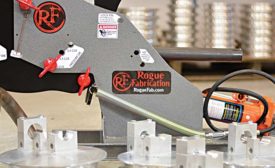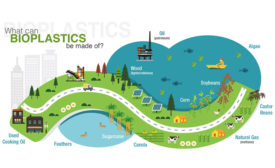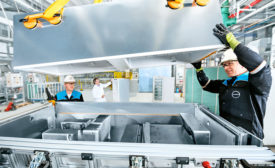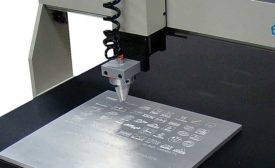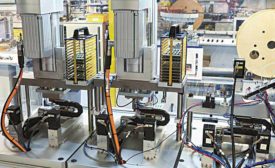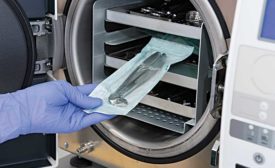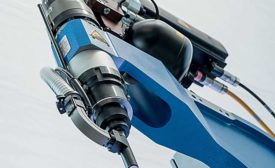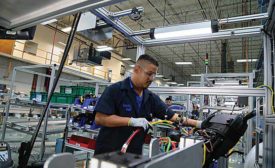Industries
ASSOCIATION REPORT: PLASTICS
Bioplastics: An Increasingly Durable & Sustainable Solution
August 8, 2018
Innovation in Refrigerator Manufacturing
The desire for increased energy efficiency is one of the major driving forces in the appliance industry.
August 8, 2018
Marking Metal Parts With Precision
Manufacturers have several options for precisely marking metal parts.
August 6, 2018
Bonding Decorative Elements in Vehicles
New UV-cure adhesives provide strength and flexibility for bonding decorative trim in automotive applications
August 3, 2018
Advances in Self-Piercing Riveting
Self-piercing rivets are helping automakers assemble aluminum and high-strength steel
August 2, 2018
Never miss the latest news and trends driving the manufacturing industry
Stay in the know on the latest assembly trends.
JOIN TODAY!Copyright ©2024. All Rights Reserved BNP Media.
Design, CMS, Hosting & Web Development :: ePublishing
